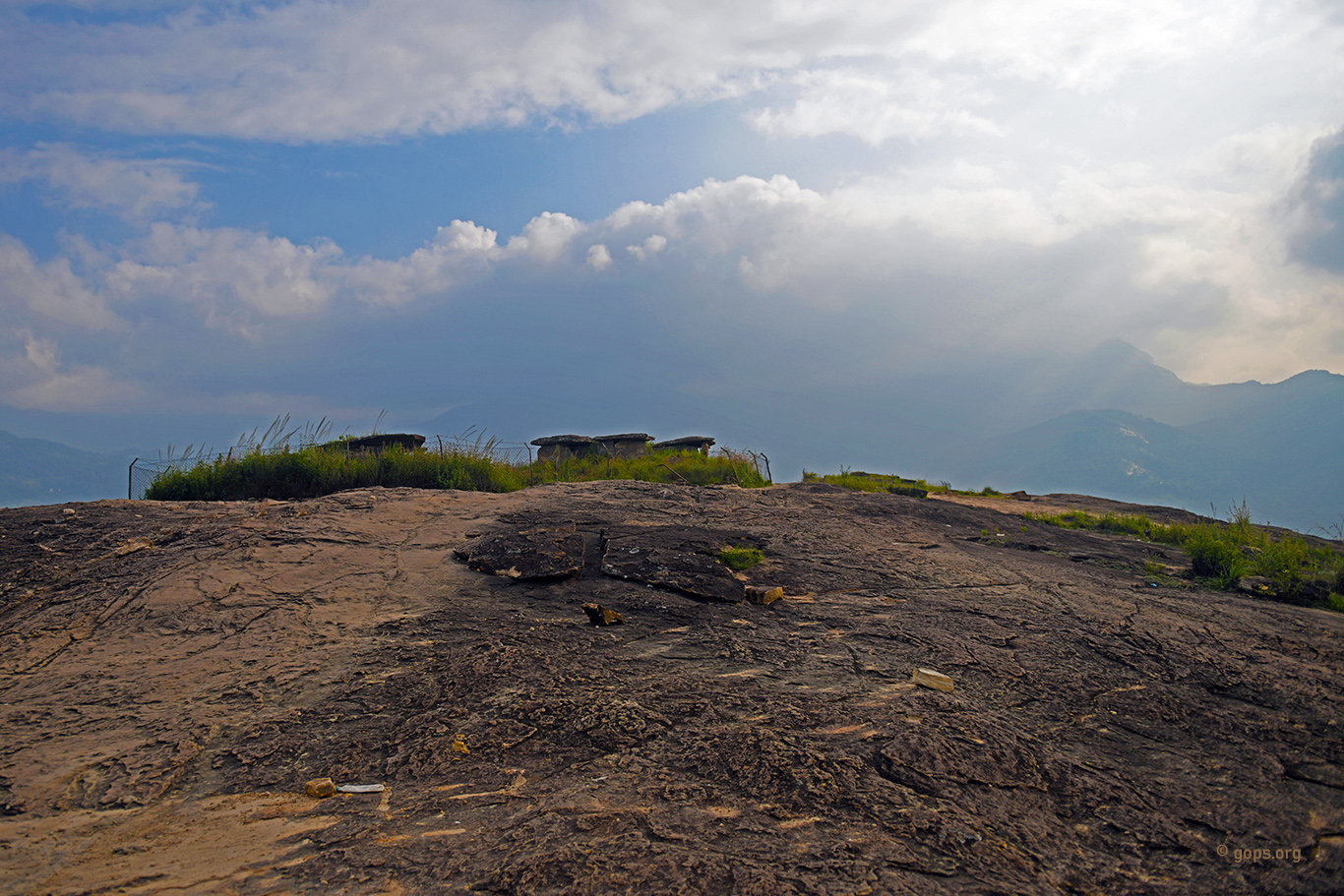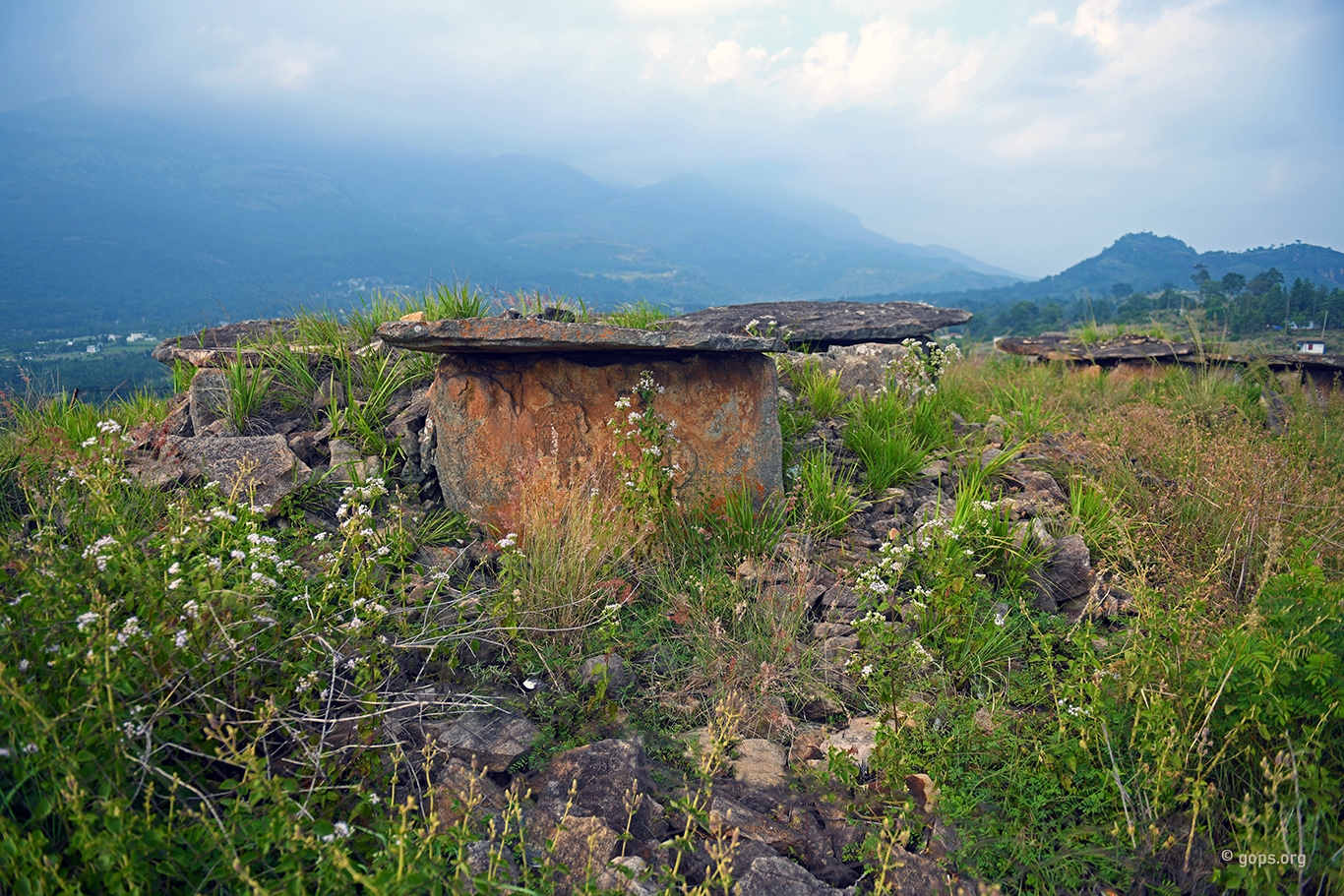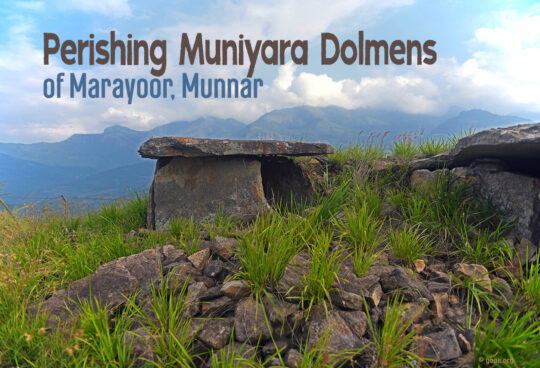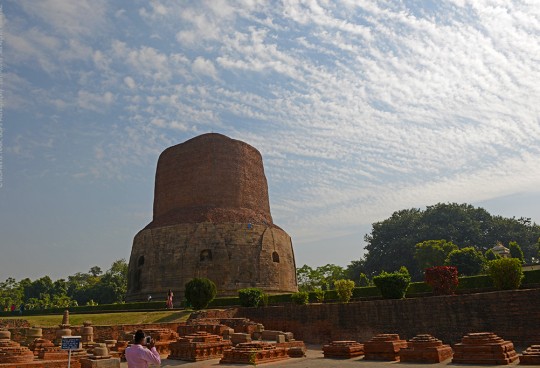The early human settlements in India, particularly at Mehrgarh (modern day Balochistan), signify one of the earliest known agricultural societies in the region. The Neolithic period, beginning around 7000 BCE, laid the foundation for the transition from nomadic lifestyles to settled farming communities. This shift not only fostered the growth of agriculture but also led to the development of trade, pottery, and weaving, which were pivotal in shaping the social and economic structures of these early societies.
As the Indus Valley Civilization emerged around 2500 BCE, with prominent urban centers like Harappa and Mohenjo-daro, it showcased advanced urban planning, sophisticated drainage systems, and standardized weights and measures. The civilization’s decline around 1500 BCE is still a subject of debate among historians, with theories ranging from climatic changes and natural disasters to socio-economic factors leading to the migration of its people. The Indus Valley civilization ceased to exist before the world entered Iron Age (1000 BCE). However, several groups of inhabitants had already migrated away from the region further eastwards and down south to explore the possibilities for survival.
With the onset of the Vedic period around 1500 BCE, following the Indo-Aryan migrations, the cultural fabric of India began to diversify. The Vedas, the oldest sacred texts of Hinduism, were composed during this time, laying the philosophical and spiritual groundwork for future Indian thought. The societal structure evolved into a more complex system, with the emergence of varnas (social classes) and an emphasis on rituals and oral traditions. Since the Indo-Aryan migration theory is a controversial subject, it is least of my interest to dig deep into this area and I would prefer to concentrate on the life of people who migrated away from the Indus region.
The movement of populations into the Indo-Gangetic Plain and southward to the Dravidian regions marked a significant transition in the subcontinent’s demographic landscape. The urbanization phase of the Indus Valley civilization gave way to a more agrarian society, characterized by the rise of small kingdoms and the establishment of regional identities.
This period also saw the development of early political structures and the establishment of various kingdoms further down in the southern region, which would eventually lead to the rise of larger empires in subsequent centuries. The blending of Indo-Aryan and indigenous cultures contributed to a rich tapestry of traditions, languages, and practices that would define Indian civilization for millennia. According to the latest studies, inhabitants of Indus valley spoke a proto-Dravidian language, the scripts of which is yet to be deciphered.
In conclusion, the early history of India beginning from the Neolithic settlements, set the stage for the subcontinent’s diverse cultural and historical evolution. Understanding this timeline provides valuable insights into the complexities of Indian identity and heritage, which continue to influence the region’s contemporary society.
The Muniyara Dolmens of Marayoor : A Megalithic Heritage
Located near Munnar, a famous tourist destination in Kerala, the Muniyara burial chambers represent a fascinating aspect of India’s megalithic culture, which thrived during the Neolithic and early Iron Age periods. These dolmens, known locally as ‘Muniyara,’ are believed to date back to around 1500 BCE to 500 BCE, making them significant archaeological sites that offer insights into the burial practices and social structures of ancient communities. Nestled in the picturesque landscape of Kovikadavu village, near Marayoor which lies 50 Kms away from Munnar, the largest group of dolmens in the region is situated around a small hillock known as Murugan Mala. This location not only serves as a burial site but also as a testament to the ancient megalithic culture that once thrived in this part of Kerala. The dolmens scattered across Marayoor and surrounding regions present a fascinating yet enigmatic aspect of ancient history. While their exact purpose remains a mystery, various interpretations by local communities and archaeologists provide intriguing perspectives on these ancient structures.
Architectural Features
The construction of the Muniyara dolmens is a remarkable feat of engineering, showcasing the skill and ingenuity of early inhabitants. Each chamber typically consists of four vertical stone slabs, approximately six feet in length, arranged to create a rectangular enclosure. The height of about four feet allows for a person to enter the chamber, which is then covered by a large capstone that serves as a roof. This design not only provided a space for burial but also protected the remains from the elements.
One notable feature is the presence of a man-hole drilled into the side wall of certain dolmens. This opening may have served various purposes, such as allowing for the placement of offerings or facilitating access to the chamber during rituals. The use of megalithic granite, a durable material, suggests that these structures were intended to last for generations, reflecting the significance of the burial practices in the cultural beliefs of the time.
Historical Context & Cultural Significance
The term ‘Muniyara,’ meaning “Cells of Sages,” implies a deep reverence for the dead, suggesting that those buried within these chambers were likely regarded as important figures within their communities; perhaps leaders, warriors, or spiritual guides. The association with sages also points to a belief in the afterlife and the continued presence of the deceased in the lives of the living.
The presence of these dolmens at Kovikadavu not only highlights the architectural skills of ancient societies but also provides insights into their social and spiritual lives. The choice of location; on a hillock, may indicate a belief in the sacredness of elevated spaces, possibly serving as a site for rituals or gatherings. They reflect a deep respect for the dead and a belief in an afterlife, suggesting that these ancient communities had complex spiritual and social systems. The act of constructing such enduring monuments indicates a commitment to memory and identity, allowing future generations to connect with their heritage.
Archaeological studies in the area have revealed that these dolmens were often used for collective burials, suggesting a strong sense of community and shared identity among the people. Archaeological findings in and around the Muniyara dolmens, such as pottery, iron tools, and other artifacts, provide evidence of the daily lives and practices of the people who constructed these burial sites. These findings indicate a society that was not only engaged in agricultural practices but also had developed trade networks and cultural exchanges with neighbouring regions. The Muniyara dolmens are part of a broader tradition of megalithic structures found across India, particularly in the southern and northeastern regions. These burial sites reflect the diverse cultural influences that shaped early Indian societies, including indigenous traditions and interactions with migrating populations. The significance of these dolmens extends beyond their architectural features; they serve as a tangible link to the past, allowing modern scholars and archaeologists to piece together the complex tapestry of human history in the Indian subcontinent.
Local beliefs surrounding the dolmens vary widely. Some communities regard them as the dwelling places of ancient sages, reflecting a deep-seated reverence for spiritual figures. This interpretation is rooted in the name ‘Muniyara,’ which translates to “Cells of Sages,” suggesting that these sites were once associated with wisdom and spiritual practices. Conversely, certain tribes view the dolmens as graveyards for their chieftains or significant leaders from prehistoric times. This belief underscores the importance of these structures as markers of identity and heritage, serving as a reminder of the lineage and legacy of local tribes. The presence of similar dolmens across various states in India known by different names such as Paandu Kuzhi in Tamil Nadu, Moriyaar Mane in Karnataka, and Paandu Gallu in Andhra regions indicates a broader cultural phenomenon. These structures reflect a shared megalithic tradition that transcends regional boundaries, suggesting a commonality in burial practices and societal values among ancient communities. The construction of dolmens is not limited to India; similar structures can be found in Europe, the Middle East, and parts of Africa, including Egypt. This widespread occurrence points to a universal human inclination to honor the dead and create lasting memorials. In many cultures, it was customary to collect the remains of the deceased, whether bones or ashes and store them in urns or earthen pots within these stone chambers, emphasizing the significance of memory and reverence in burial practices.
Location and Accessibility
The dolmens are strategically placed in and around Murugan Mala, providing a scenic backdrop that enhances their historical significance. Visitors can access this site either by foot, which allows for a more immersive experience of the natural beauty surrounding the area, or via an off-road jeep ride, making it accessible to a wider range of tourists and researchers alike. The journey to Kovikadavu is an adventure in itself, with the rugged terrain and lush greenery typical of the Western Ghats. As one approaches the hillock, the sight of the dolmens standing as silent guardians of time creates a profound connection to the past, inviting reflection on the lives of those who once inhabited this landscape. The dolmens of Marayoor is indeed an ancient necropolis that serves as a window into the past, reflecting the beliefs, practices, and communal life of Kerala’s prehistoric past, attracting both tourists and researchers.
Archaeological Insights, Research and Historical Significance
According to the Department of Archaeology, Marayoor once boasted around 1,350 dolmens, but only 625 remain today. The decline in their numbers is alarming, primarily due to vandalism, neglect, and the impact of tourism. Miscreants and careless tourists have inflicted damage on these historically valuable monuments, leading to concerns about their preservation. Local authorities have made some attempts to protect these dolmens, such as erecting fences around select sites. However, these measures often suffer from poor maintenance and a lack of funding, leaving many structures vulnerable. The rise of adventure tourism poses additional threats, as activities like off-road jeep rides have been linked to further degradation of the sites. Although such rides were once banned, they persist, highlighting the ongoing struggle to balance tourism with conservation. Despite the dolmens’ potential as subjects of historical and archaeological research, relatively little formal study has been conducted in the region. Unconfirmed reports have suggested connections between these burial sites and ancient Jewish communities exiled from Israel during the Babylonian captivity in 587 BCE, proposing that some may have sought refuge in India. While intriguing, such claims require rigorous scholarly investigation to establish their validity.
A Link to Our Ancestors from Indus Valley
The carbon dating of dolmens to approximately 500 BCE places them within the Iron Age, a period marked by significant cultural and technological advancements in ancient India. This timeframe aligns with the emergence of the Vedic period, during which the Indo-Aryan migration and the subsequent development of early Indian society took place. The connection between the dolmens and the residents of the Indus Valley Civilization is compelling. As you noted, many inhabitants of the Indus Valley are believed to have migrated southward, seeking new opportunities and settling in regions such as the Deccan Plateau and southern India well before the decline of their urban centers around 1500 BCE. The presence of dolmens in areas like Marayoor and Hire Benkal (read my blog about Hire Benkal here) in Karnataka suggests a continuity of cultural practices and burial traditions among these migrating populations. The architectural similarities and shared characteristics of the dolmens across these regions indicate that they may have been constructed by communities with common ancestral roots. This reinforces the idea that the megalithic traditions observed in southern India are part of a broader cultural legacy that traces back to the ancient civilizations of the Indus Valley.
The Need for Preservation
The dolmens of Marayoor stand as silent witnesses to a rich and complex past, embodying the beliefs, practices, and identities of ancient communities. As living artifacts of human history, they demand attention and protection. Increased awareness, responsible tourism, and dedicated research efforts are essential to ensure the preservation of these irreplaceable monuments. By safeguarding the dolmens, we honour the legacy of those who came before us and enrich our understanding of human civilization. Your call for government action to preserve these monuments is crucial. The dolmens are not only important for historical research but also serve as cultural symbols that connect contemporary communities to their ancestral past. Preservation efforts can help protect these sites from vandalism and neglect, ensuring that future generations can appreciate and learn from them.
Effective preservation strategies
- Increased Funding and Resources: Allocating financial resources for maintenance and protection of the dolmens.
- Community Involvement: Engaging local communities in preservation efforts can foster a sense of ownership and responsibility towards these cultural sites.
- Tourism Management: Implementing responsible tourism practices that educate visitors about the significance of the dolmens while minimizing their impact on the sites.
- Research Initiatives: Encouraging academic research and archaeological studies can enhance our understanding of these monuments and their historical context.
- Awareness Campaigns: Raising awareness about the cultural heritage represented by the dolmens can inspire greater public interest and support for preservation efforts.
Conclusion
The Muniyara burial chambers near Marayoor stand as a testament to the rich cultural heritage of ancient India. They not only exemplify the architectural prowess of early societies but also provide valuable insights into their beliefs, social structures, and practices. As one explores these ancient sites, it becomes clear that they are not merely relics of the past but enduring symbols of the human quest for meaning, connection, and remembrance. By recognizing their significance and taking proactive steps to preserve them, we honor the legacy of those who came before us and ensure that their stories continue to resonate in the present. As stewards of our cultural heritage, it is our responsibility to protect these monuments, allowing them to rest in peace while enriching our understanding of our shared history.















RADHAKRISHNAN
January 15, 2025
Interesting analysis and a good eye-opener. Hope the government takes some action.
GOPAN NAIR
January 16, 2025
Thanks to your visit and comments. Have a good day.
DR. SIMON F
January 19, 2025
Missed this place during out last visit to Munnar. Wish to visit this area sometime in future. Forgotten history, retold in an interesting manner. Hope to see more of your exploration stories.
GOPAN NAIR
January 19, 2025
Thank you very much. All the best for your future endeavors.